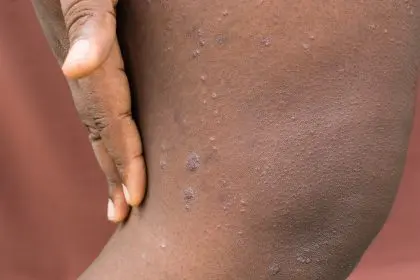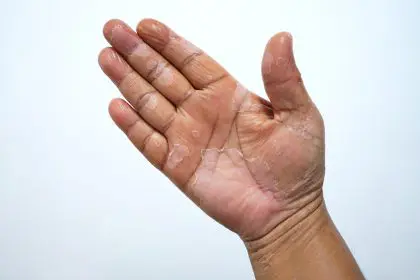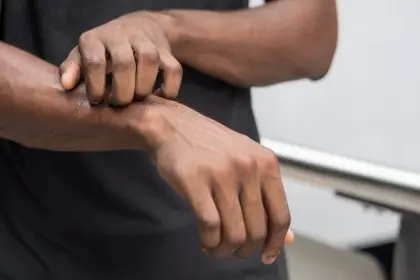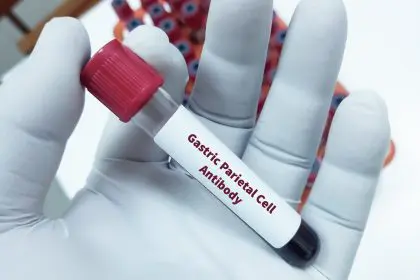When an unexpected bump appears on your skin, the urge to squeeze or pop it can be overwhelming. However, dermatology experts strongly caution against this common impulse. Dr. Dendy Engelman explains that breaking the skin’s surface through popping creates an entry point for bacteria, potentially leading to serious infections. Dr. Noelani Gonzalez further emphasizes that this seemingly simple action can result in permanent scarring and prolonged healing time, transforming a temporary blemish into a lasting mark.
Understanding cystic acne and deep-tissue formations
Cystic pimples form deep beneath the skin‘s surface as the most severe form of acne. These painful, red nodules typically result from hormonal changes and bacterial activity. Rather than attempting to pop these deep-seated bumps, dermatologists recommend professional treatment, including cortisone injections to reduce inflammation and swelling. The deeper nature of these formations means that attempted extraction often leads to tissue damage and increased inflammation rather than resolution.
The mystery of milia and ingrown hairs
Milia appear as tiny white bumps caused by trapped dead skin cells beneath the surface. These harmless cysts resist popping attempts and require professional extraction by a trained dermatologist who can safely remove them without damaging surrounding tissue. Similarly, ingrown hairs create red, itchy bumps when hair follicles grow backward into the skin. While tweezers might seem like an easy solution, dermatologists recommend using hydrocortisone cream to reduce inflammation instead, allowing the hair to naturally emerge from the skin.
Skin tags and viral manifestations
Skin tags, those small flesh-colored growths that often appear in areas of friction, require professional removal to prevent bleeding and infection. Similarly, cold sores, caused by the herpes simplex virus, demand particular care. Popping these blisters can spread the virus and worsen the outbreak. Over-the-counter treatments can provide relief, but recurring outbreaks may necessitate prescription medication for effective management.
Genetic and age-related skin conditions
Dermatosis papulosa nigra primarily affects people of color, presenting as benign brown or black bumps on the face and neck. These genetic formations require professional removal if desired, as home attempts at extraction can lead to pigmentation changes and scarring. Similarly, seborrheic keratoses develop as rough brown bumps that, while harmless, might need dermatological intervention if they become irritated or aesthetically bothersome.
Understanding keratosis pilaris and clogged pores
Often called “chicken skin,” keratosis pilaris results from keratin buildup in hair follicles. Treatment focuses on gentle exfoliation using salicylic or glycolic acid products rather than physical manipulation. Blackheads and whiteheads, while tempting to squeeze, respond better to targeted skincare products containing salicylic acid that clear pores without damaging skin. Regular use of these products helps prevent new formations while safely treating existing ones.
Addressing fatty deposits and vascular formations
Lipomas develop as fatty deposits under the skin, appearing as soft, movable lumps. While generally harmless, they should be evaluated by a dermatologist if they grow or cause discomfort. Cherry angiomas, those bright red bumps composed of blood vessels, might seem easy to remove, but professional intervention prevents excessive bleeding and ensures complete removal without recurrence.
Managing sebaceous conditions
Sebaceous cysts and hyperplasia both involve the skin’s oil glands and can become inflamed if manipulated. These conditions require professional treatment to prevent infection and scarring. A dermatologist can safely drain cysts and remove hyperplastic growths using appropriate surgical techniques that minimize the risk of complications and recurrence.
Chronic skin conditions requiring ongoing care
Rosacea and eczema represent chronic conditions that cause recurring bumps and skin irritation. Rather than attempting to pop or scratch these areas, patients need comprehensive treatment plans developed by dermatologists. These conditions respond best to targeted medications and lifestyle modifications that address underlying causes rather than just surface symptoms.
The importance of professional intervention
Warts and keloids demonstrate why professional treatment proves essential for certain skin conditions. Warts, caused by HPV, can spread to other areas if picked or scratched. Keloids, representing abnormal scar tissue growth, require specialized treatments like steroid injections or surgical removal by qualified professionals who can prevent recurrence and minimize additional scarring.
Prevention and proper care
Maintaining healthy skin requires regular monitoring and proper care. While the temptation to pop skin bumps might be strong, understanding the potential consequences helps patients make better choices for their skin health. Dermatologists recommend documenting any new bumps or changes in existing ones, as this practice helps identify potential concerns early and ensures appropriate treatment. Professional evaluation provides the safest path to clear, healthy skin, preventing the long-term damage that can result from at-home extraction attempts.














